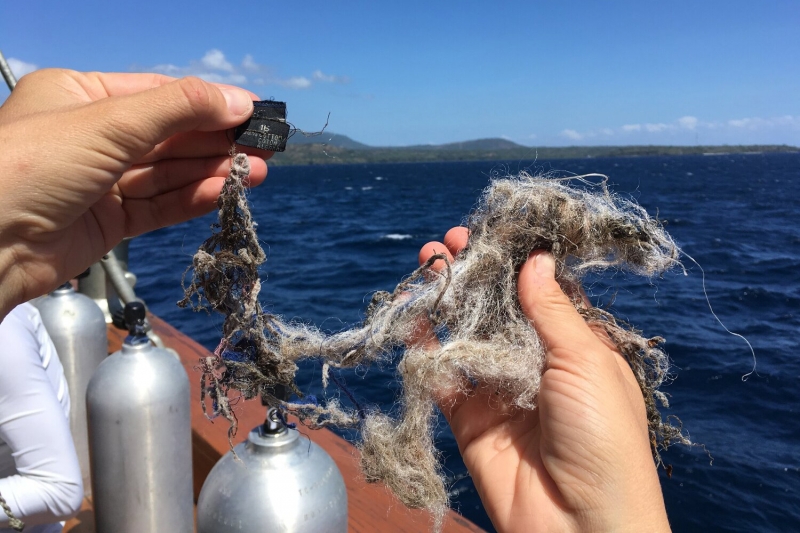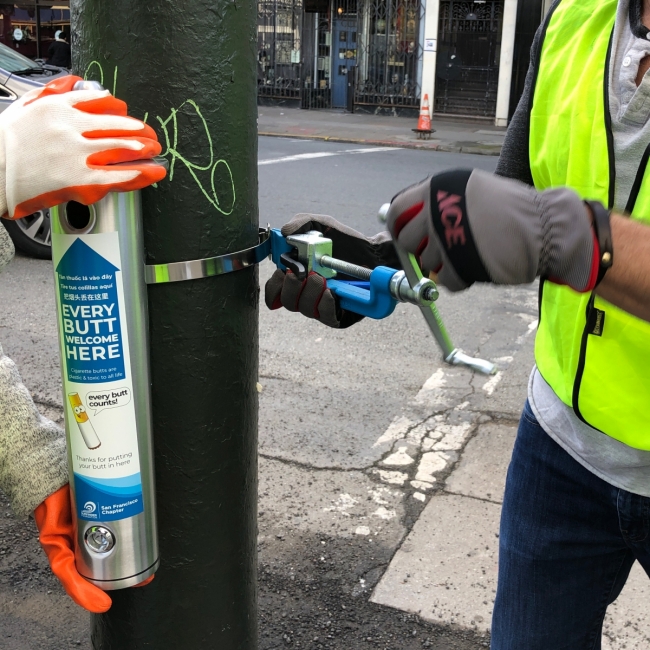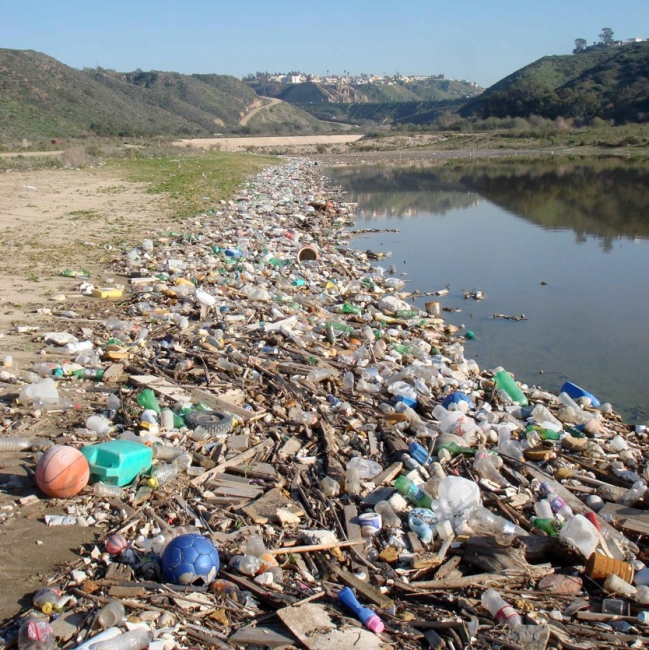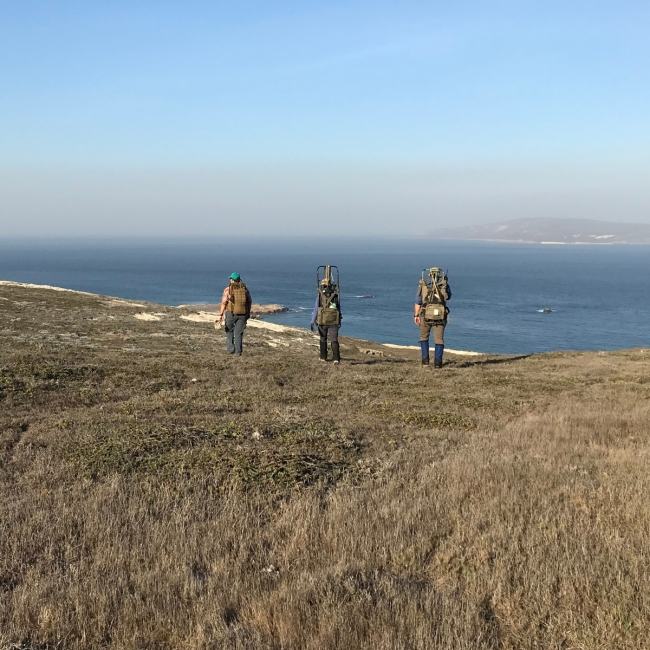There’s an old saying that good things come in threes. This holds true for many things, including the fight against marine debris. Strategies to address this issue can be divided into three approaches: 1) reduce waste right at the source, 2) collect trash before it gets into the water, and 3) clean up trash from our shorelines. In California, innovative ways to tackle the issue of waste in our waterways fall within each of these categories, helping to make dreams of cleaner beaches a reality.

The first strategy is all about controlling the sources of waste and reducing the amount of waste that becomes marine debris. In California, policies at the state and local levels prohibit the use or sale of certain common ocean litter items and other initiatives encourage sustainable consumer behaviors. With funding from the NOAA Marine Debris Program (MDP) and National Marine Sanctuary Foundation (NMSF), Materevolve sponsored a California Microfiber Workshop focused on reducing clothing microfibers as a source of marine debris. Simple tips for consumers were outlined in the workshop report: wash less, say no to fast fashion, wash in cold water, and install microfiber capture technology. Another MDP-funded partner, One Cool Earth, is focused on the power of kids to drive behavior change. Their Earth Genius program is working to incorporate marine debris education and zero waste practices into elementary schools in San Luis Obispo County. Stay tuned later in the week to hear more about how they are preventing marine debris One Cool Earth strategy at a time!
In addition to stopping waste at the source, improving how we collect trash before it reaches the marine environment and intercepting trash that escapes collection are important steps. MDP partners in California are increasing disposal options for common debris items, such as cigarette butts and fishing line. Surfrider San Francisco has installed 130 cigarette butt disposal canisters around the city and created a public service announcement as part of their Hold on to Your Butts campaign. The California Coastal Commission and California State Parks teamed up with the MDP and NMSF to reduce fishing line debris by distributing 50 bins to harbors and piers throughout the state in an expansion of the California Fishing Line Recycling Program.
Trash cleanups are perhaps the most familiar approach and how many of us became aware of the issue of marine debris. Our partners at the Tijuana River National Estuarine Research Reserve (TRNERR) know a lot about cleanup and have removed over one million pounds of debris. TRNERR recently hosted the Binational Solid Waste Management workshop to discuss the challenges and solutions to debris that crosses the United States/Mexico border via the Tijuana River, and hope to collaborate with Mexican officials to address particularly hazardous accumulations of debris that can block channels and cause flooding. Slightly farther north, our partners at California State University Channel Islands are removing debris from the Channel Islands off of Southern California and monitoring the types and amounts of debris on the shoreline, including microplastics.
The range of strategies to solve this problem mean that there is a place for everyone at the table. We need citizen scientists to report on the types and amount of debris in the environment, consumers to create less waste, environmental scientists to understand the problem, social scientists to assess solutions, and engineers to design effective trash capture devices. So next time you’re California dreaming of clean beaches, take a moment to appreciate all of the source control, pathway capture, and cleanup to prevent and mitigate marine debris, and consider what you can do to help.




